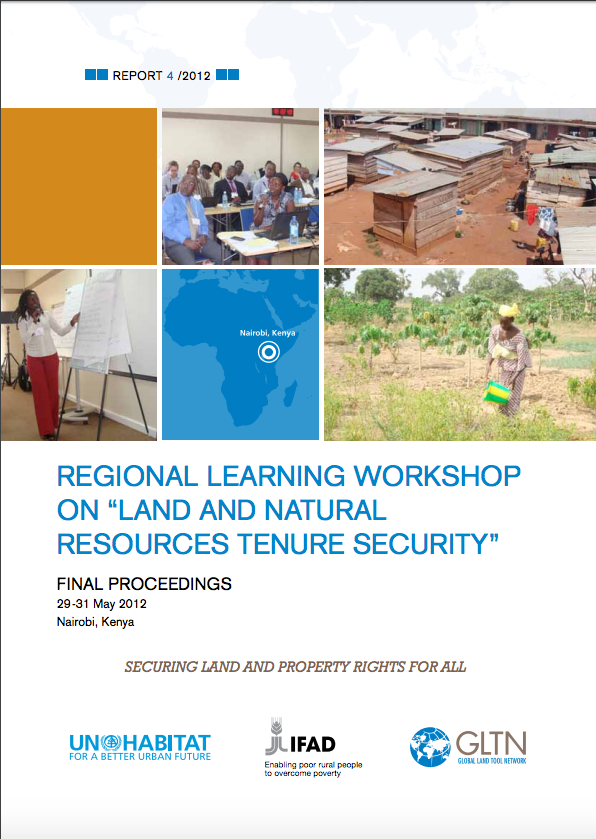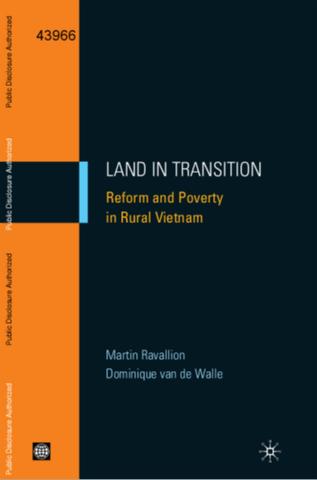The Green Revolution in North Arcot: Economic trends, households mobility, and the politics of an "awkward class"
In the preceding chapter used village household data from the Cambridge-Madras universities and IFPRI-TNAU surveys to assess, after a decade, the growth and equity effects of the green revolution in North Arcot. A key motivation has been to test the diverging views that have emerged in the literature on the effects of the green revolution. This chapter continues with that task, but from the perspective that my own in-depth anthropological fieldwork and analysis can provide.






